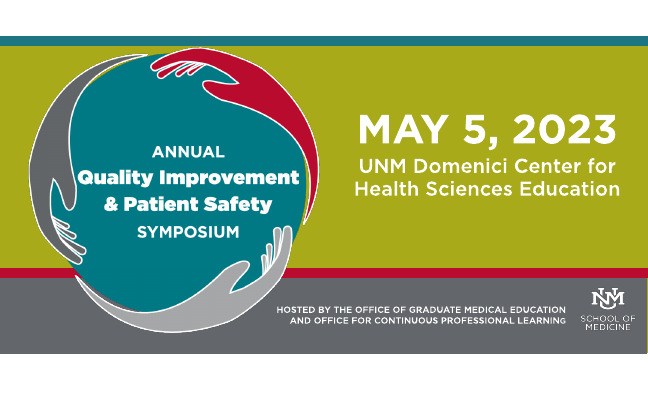Document Type
Poster
Publication Date
3-6-2020
Abstract
Purpose:
In the most recent American Society for Apheresis Guidelines on the Use of Therapeutic Apheresis in Clinical Practice, employing therapeutic plasma exchange (TPE) for long-term treatment of myasthenia gravis (MG) patients is a new indication and carries a category II, grade 2B recommendation. As data for this indication is evolving and subjective assessments of these patients are often uninformative, we sought to better characterize the impacts of long-term TPE in these MG patients using validated instruments.
Methods:
In this prospective observational study, we used a combination of validated instruments and openended questions clarifying concerns that are routinely applied to MG patients. The two validated instruments were the MG Activities of Daily Living (MG-ADL) and MG Quality of Life 15 (MG-QoL15r) profiles. Based on previous literature, a 2-point change in the MG-ADL and a 10-point change in the MGQoL15r indicates significant improvement or worsening. Over a 3-month period, MG patients receiving long-term TPE were assessed using a single-form questionnaire that integrated all of the MG-ADL and MG-QoL15r elements and was completed at every visit. Patients unable to complete the survey due to their medical condition were exempted.
Results:
In total, 9 patients were eligible and received long-term TPE at frequencies from 3 times per week to 1 time per month. Five patients (56%) were female, 6 (67%) were white, and mean age was 54 years. Active pharmacotherapy included prednisone, azathioprine, mycophenolate, rituximab, and pyridostigmine. All patients reported that lengthening the interval between successive TPE treatments, even by a few days, resulted in noticeable MG changes. Five patients (56%) were clinically stable during the study period and had no significant changes in MG-ADL or MG-QoL15r profiles, though these patients still documented issues with sight, speech, muscular weakness, and fatigue. During the study period, 4 patients (44%) had significant changes identified by the MG-ADL, a mean of 5.5 times per patient (range 2-8) and 2 (22%) had significant changes identified by the MG-QoL15r, a mean of 2 times per patient (range 1-3). MG-ADL appeared to be more sensitive in correlating with patient-reported clinical changes, with clinical improvements identified a mean of 3.2 times per patient and clinical deteriorations identified a mean of 2.3 times per patient (compared to 1.5 and 1 times per patient, respectively, for the MG-QoL15r; p=0.03 for interaction effect). In the 4 patients with significant changes in profile scores, associated clinical changes in breathing, swallowing, sight, speech, muscular strength, and fatigue were reported. Importantly, for all of 4 of these patients, subjective clinical deteriorations in conjunction with objectively worsening MG-ADL scores were used as evidence to medically justify intensification of TPE therapy.
Conclusions:
Objective longitudinal assessments in MG patients receiving long-term TPE may be helpful for accurate disease monitoring. A subset of MG patients receiving long-term TPE still has dynamic changes in disease status as assessed by clinical history and two different validated instruments. In all patients with stable MG, both the MD-ADL and MG-QoL15r accurately indicated no significant changes. However, in those with fluctuating disease status, MG-ADL was more sensitive to both clinical improvement and worsening. These findings need to be validated in larger studies.
Recommended Citation
Sosnovske, Dennis; Chelsea Reyes; Margaret Prizzi; Kendall Crookston; Joseph Griggs; Lizabeth Rosenbaum; Jane Huang; Sarah Mertens; Cynthia Ornelas; Michon Santos; and Jay S. Raval. "Longitudinal Assessments Using Validated Instruments In Myasthenia Gravis Outpatients Receiving Long-Term Therapeutic Plasma Exchange." (2020). https://digitalrepository.unm.edu/hsc_qips/21


Comments
Presented at the University of New Mexico Health Science 2020 Annual Quality Improvement and Patient Safety Symposium